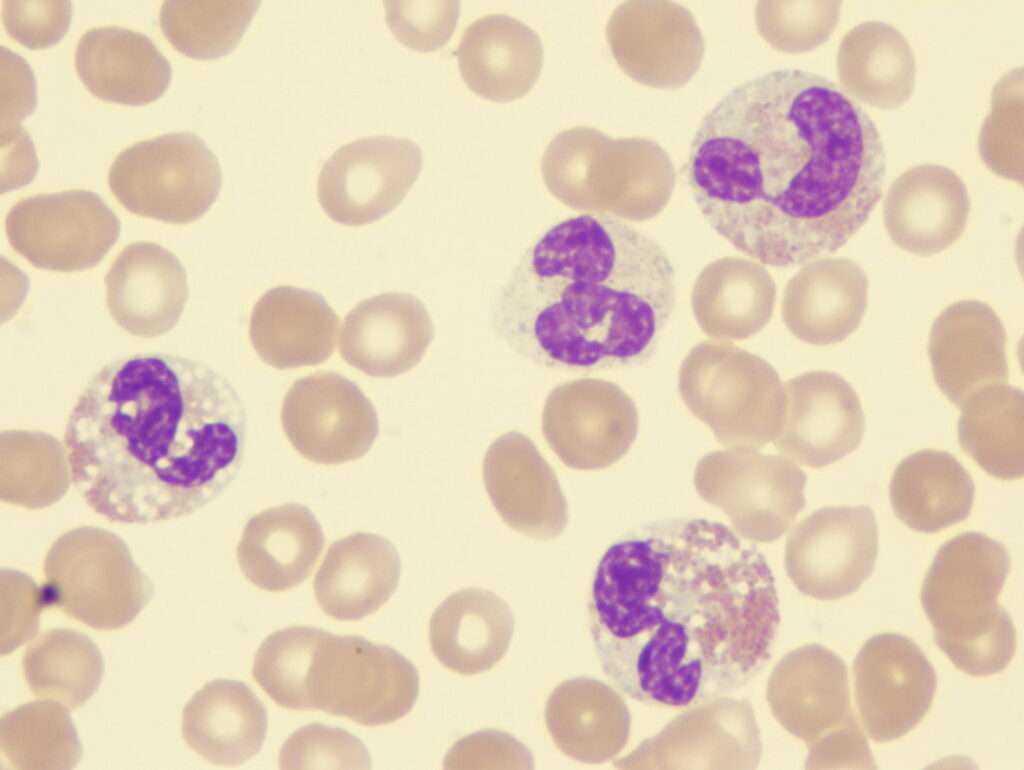Myelodysplastic Syndromes (MDS)

Myelodysplastic Syndromes (MDS)
Contact Us
Related Videos :
Frequently Asked Questions (FAQ) :
A: MDS is generally not curable, except for certain cases where a stem cell transplant is successful.
A: Life expectancy varies widely depending on the type and severity of MDS, ranging from a few months to several years.
A: MDS is a precursor to leukemia in some cases, but not all MDS cases progress to leukemia. MDS involves dysfunctional blood cells, while leukemia involves a rapid increase in abnormal white blood cells.
A: While lifestyle changes cannot cure MDS, maintaining a healthy diet, avoiding infections, and following medical advice can help manage symptoms.
A: The success rate varies but can be as high as 50-60%, depending on factors like patient age, overall health, and the quality of the donor match.

Understanding Myelodysplastic Syndromes (MDS)
Myelodysplastic Syndromes (MDS) are a group of blood disorders caused by poorly formed or dysfunctional blood cells. MDS is considered a type of cancer, where the bone marrow fails to produce enough healthy blood cells, leading to a variety of health complications. Over time, MDS can worsen, with the potential to develop into acute myeloid leukemia (AML)
Causes of Myelodysplastic Syndromes
The exact cause of MDS is often unknown. However, several factors may increase the risk, including:
- Age: MDS is more common in individuals over 60.
- Previous Cancer Treatment: Chemotherapy or radiation can damage bone marrow.
- Exposure to Chemicals: Long-term exposure to chemicals like benzene.
- Genetic Factors: Family history or genetic mutations.
- Smoking: Increases the risk of developing MDS.
Types of Myelodysplastic Syndromes
MDS is classified based on the type of blood cells affected and the severity of the condition. The World Health Organization (WHO) categorizes MDS into several subtypes:
- MDS with Single Lineage Dysplasia (MDS-SLD)
- MDS with Multilineage Dysplasia (MDS-MLD)
- MDS with Ringed Sideroblasts (MDS-RS)
- MDS with Excess Blasts (MDS-EB)
- MDS with Isolated del(5q) Chromosome
- Unclassifiable MDS (MDS-U)
Symptoms of Myelodysplastic Syndromes
Symptoms of MDS may vary but often include:
- Fatigue or weakness
- Shortness of breath
- Unusual paleness (pallor)
- Frequent infections
- Easy bruising or bleeding
- Petechiae (tiny red spots under the skin)
If you experience any of these symptoms, it’s important to consult with a hematologist.
Diagnosis of Myelodysplastic Syndromes
Diagnosing MDS involves several tests, including:
- Complete Blood Count (CBC): To check levels of different blood cells.
- Bone Marrow Biopsy: To examine bone marrow cells under a microscope.
- Cytogenetic Analysis: To identify chromosomal abnormalities.
- Flow Cytometry: To study the characteristics of blood cells.
Treatment Options for Myelodysplastic Syndromes
Treatment for MDS depends on the type and severity of the syndrome, as well as the patient’s overall health. Common treatment options include:
- Supportive Care: Blood transfusions and medications to manage symptoms.
- Medications: Such as growth factors, immunosuppressive drugs, and hypomethylating agents (e.g., azacitidine, decitabine).
- Chemotherapy: For more aggressive cases or when MDS progresses to AML.
- Stem Cell Transplant: The only potential cure for MDS, involving the transplantation of healthy stem cells from a donor.
Cost of Treatment and Stay in India
Lorem ipsum dolor sit amet, consectetur adipiscing elit. Ut elit tellus, luctus nec ullamcorper mattis, pulvinar dapibus leo.